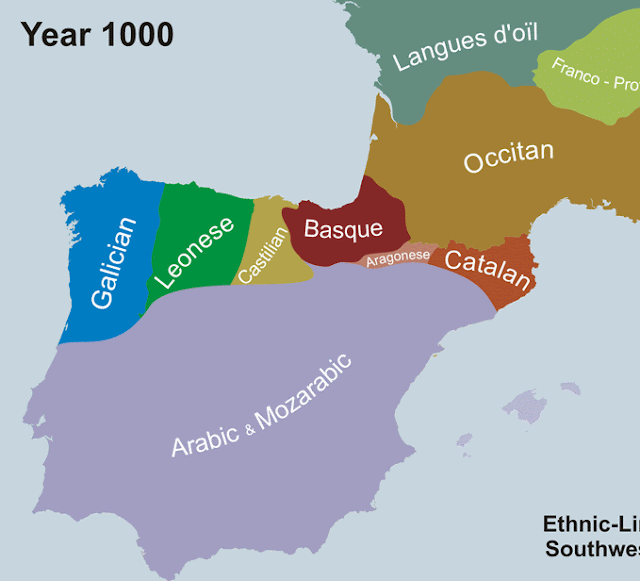Get Excited About Springtime in Andalucía
Springtime in Andalucía is when the sun shines stronger, when people fill streetside patios, when festival season starts back up, and when the orange blossom perfumes whole cities. The most southern region in Spain is famous for its sunny stereotype and vivacious residents, but the powerful heat in the summer is legendary—think 40º C (100º F) as the daytime norm. Living in Úbeda last winter, it was cloudy and rainy most days, but once March rolled around, the weather underwent a transformation—and Andalucía came back to life. Cordoban women wearing traditional trajes de gitana The sun came out (and I wore shorts, thank you very much), it seemed like there was a festival happening every weekend somewhere in the region, and people flocked to bars and cafés to sit outside and soak up the warm, relaxing atmosphere. Let me share with you why I think the months of April and May in Andalucía are simply the best time to experience this exciting part of Spain. 1) Warmth ...
